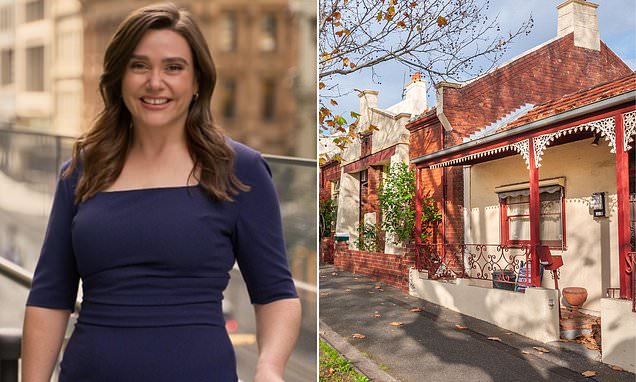Home / Business and Economy / Aussie Home Dream Fades: Prices Skyrocket, Incomes Lag
Aussie Home Dream Fades: Prices Skyrocket, Incomes Lag
25 Nov
Summary
- Home values surged 47.3% since March 2020, outstripping income growth.
- Saving for a deposit now takes 35 years in Sydney's eastern suburbs.
- One million new households formed, but only 880,000 new homes were built.

Australia's housing market is experiencing a severe affordability crisis, as property prices have dramatically outpaced income growth. Since March 2020, home values have surged by 47.3%, reaching a median of $872,500, while household incomes only increased by 15% to $104,390. This significant disparity has pushed key affordability metrics to record highs, making the dream of homeownership increasingly elusive for many.
The rapid rise in property prices is attributed to factors like pandemic stimulus, low interest rates, and a rebound in migration. However, housing supply has failed to keep pace, with a deficit of new dwellings compared to new households formed. This imbalance has created a widening chasm between property prices and incomes, exacerbating the 'haves and have-nots' divide in the market.
Areas like Sydney's eastern suburbs exemplify the struggle, with an average earner needing 35 years to save a deposit and over 1.5 times their income to service a mortgage. While cities like Melbourne show some relief due to increased investment property taxes, the overall situation remains challenging for aspiring homeowners across much of Australia.




